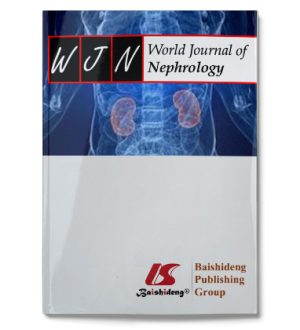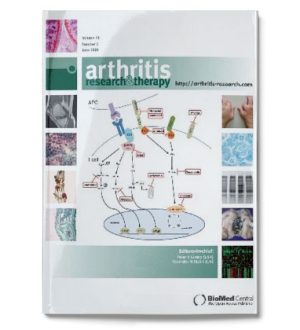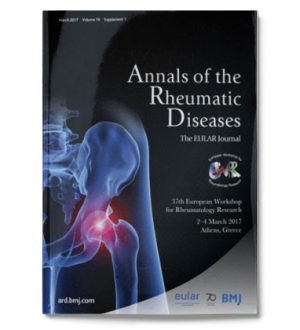Наиболее высокая частота приступов подагры отмечается в весенне-летний период, особенно при значительных колебаниях температуры между ближайшими днями.
ПРЕДПОСЫЛКИ:
Предполагается связь между подагрой и эректильной дисфункцией (ЭД), но ни в одном исследовании риск ЭД у больных подагрой не оценивали количественно. Мы решили точно определить абсолютную и относительную встречаемость ЭД у мужчин с подагрой в Англии за 10 лет.
МЕТОДЫ:
В базе данных Clinical Practice Research Datalink Великобритании мы нашли 9653 мужчин с подагрой, а также 38 218 мужчин для контроля. Группы совпадали по возрасту и типу врачебной практики. Абсолютную и относительную встречаемость ЭД рассчитывали с помощью регрессионной модели Кокса. Абсолютную частоту за определенные периоды времени до и после постановки диагноза подагры сравнивали с данными контрольной группы с помощью регрессионной модели Пуассона.
РЕЗУЛЬТАТЫ:
В целом, абсолютная частота ЭД после выявления подагры составила 193 (95% доверительный интервал [ДИ]: 184–202) на 10 000 человеко-лет. Это соответствовало повышению относительного риска на 31% (отношение рисков (ОР): 1,31; 95% ДИ: 1,24–1,40), а абсолютного — на 0,6% по сравнению с мужчинами без подагры. Мы не отметили статистически значимого различия по риску ЭД у мужчин, которым назначили УСТ через 1 и 3 года после диагностики подагры. В сравнении с пациентами, не получавшими УСТ, риск ЭД также был выше в течение года перед постановкой диагноза подагры (относительная распространенность = 1,63; 95% ДИ: 1,27–2,08). Аналогичные данные были получены для тяжелой ЭД, которая потребовала фармакологического вмешательства.
ВЫВОДЫ:
Было показано статистически значимое повышение риска ЭД у больных подагрой. Это важно учитывать при планировании междисциплинарного подхода к лечению больных подагрой.
Park KY, Kim HJ, Ahn HS, Yim SY, Jun JB.
Seminars in Arthritis and Rheumatism. 2017 May 20.
pii: S0049-0172(17)30080-X.
doi: 10.1016/j.semarthrit.2017.05.006.
PMID: 28583691
Спонсор выпуска новостей
![]()
Association between acute gouty arthritis and meteorological factors: An ecological study using a systematic review and meta-analysis.
Abstract
OBJECTIVES:
The aims of this study were as follows: (1) to analyze the literature systematically regarding the seasonal and monthly variation of the occurrence of episodes of acute gouty arthritis, and (2) to investigate the relationship between the occurrence of episodes of acute gouty arthritis and meteorological parameters.
METHODS:
The present authors systematically reviewed databases for articles published before November 2015. Studies with quantitative data on episodes of acute gouty arthritis by months and/or seasons were included. Meteorological data such as the highest temperature, lowest temperature, diurnal temperature range, change in mean temperature between neighboring days, relative humidity and wind speed for the geographic place(s), and study period where and when each study took place were obtained from meteorological websites.
RESULTS:
Ten studies published between 1920 and 2015 were included. A meta-analysis by season showed that acute gouty arthritis occurred significantly more frequently in spring than in other seasons. Analysis by month showed an increase in episodes of acute gouty arthritis from March to July, being the highest in July. The trend reversed, and episodes of acute gouty arthritis started decreasing from July to September, being the lowest in September. The change in mean temperature between neighboring days was the only meteorological parameter that was significantly correlated with the number of monthly episodes of acute gouty arthritis.
CONCLUSIONS:
Acute gouty arthritis seems to develop more frequently during the period in which the temperature increases significantly between neighboring days: spring by season and between March and July by month in the northern hemisphere.
Copyright © 2017 Elsevier Inc. All rights reserved.
KEYWORDS:
Climate change; Gout/Arthritis; Meteorology; Seasons; Temperature




